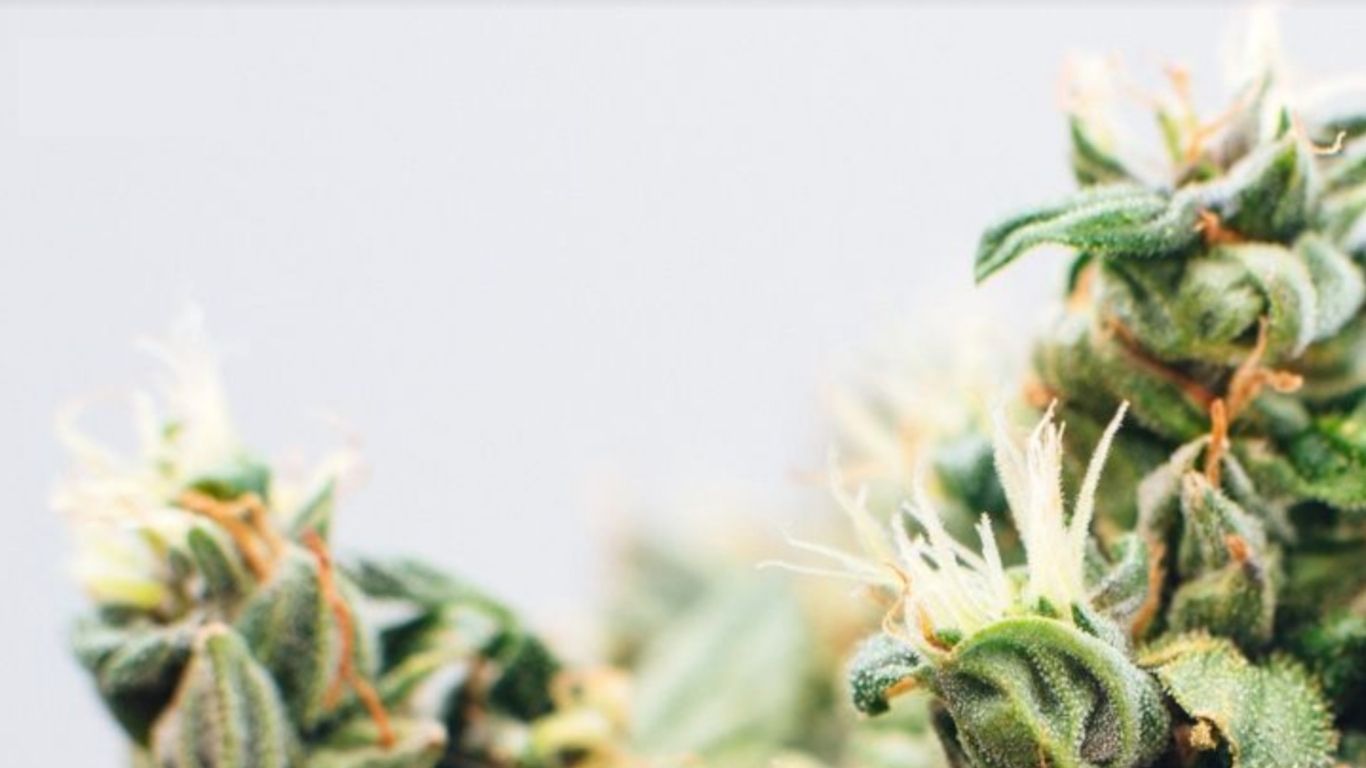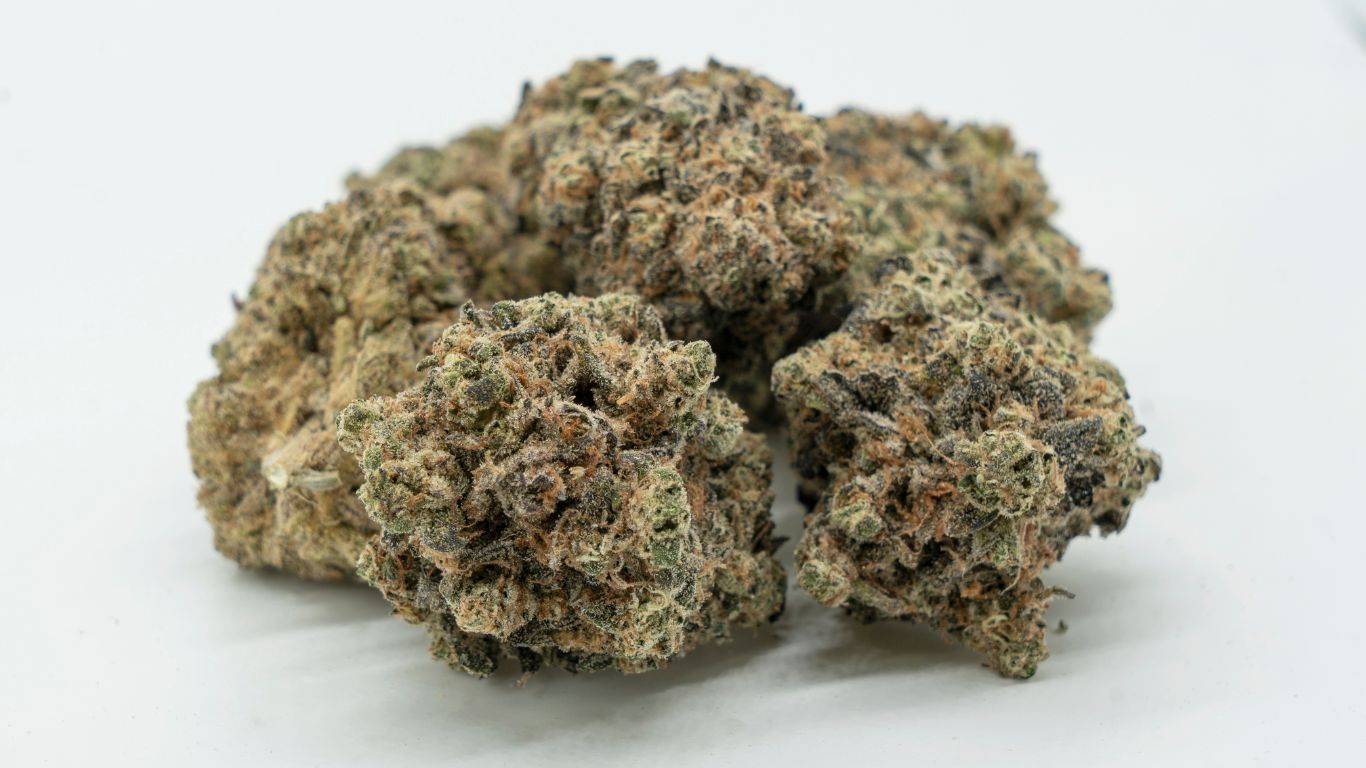
Genetic Authentication of Cannabis Cultivars
by Erin Gilchrist, Ph.D., Senior Scientist, Molecular Diagnostics, Anandia Laboratories Inc.
Introduction
There is a considerable lack of consistency in variety or strain names, and few universally adopted standards for testing in the legal cannabis industry today. This is of particular concern for products in the medical market, where nomenclature and testing inconsistencies may affect patients’ treatments. Compounding these issues is the fact that many important characteristics of cannabis are volatile, based partly on genetics and partly on the environmental conditions under which they are grown, harvested, or dried.
The genetics of the plant, unlike the chemistry, is extremely consistent. All the cells in any mother plant have the same DNA, as do all clones grown from that mother. The genetics limits the spectrum of phenotypes the plant can express, including things like potency, flavour, yield, growth rate, and resistance to pests and disease. Therefore, genotyping or some form of genetic authentication should be used to provide proof of cultivar identification for all cannabis products on the market. This would provide transparency for consumers, and help alleviate the confusion over strain names and the “Indica” vs “Sativa” designations that are currently used to characterise each cultivar.
Over 5,700 strains are listed on Leafly.ca, and 2,676 on Wikileaf.com. Each listing includes a general summary of the characteristics for that cultivar, but no genetic data to confirm this. Genetic and chemical testing by several groups, including ours, has shown that two different cultivars with the same name may, in fact, have very different genetics and chemistry (Henry et al., 2018; Jikomes & Zoorob, 2018; Pusiak et al., 2021; Schwabe & McGlaughlin, 2019; Smith et al., 2021). For consumers and for doctors prescribing cannabis this is a serious issue that could be addressed if strain names, or cultivars, were verified using genotyping. Several methods for cannabis genotyping have been developed, but currently there are no standardized methods for genetic authentication in cannabis.
Anandia’s Genotyping Test (Cannabis DNA Fingerprinting)
At Anandia, the method of genotyping we have developed employs simple sequence repeat (SSR) markers, also called microsatellites, which are regions of DNA that are variable from cultivar to cultivar (Alghanim & Almirall, 2003; Gao et al., 2014; Houston et al., 2016; Howard et al., 2008). SSR genotyping, or DNA fingerprinting is a well-established method that has successfully been used on fungi, plants, invertebrates, and vertebrates. It has long been used for crop and livestock varietal authentication, and is also widely validated for human forensic DNA testing (Bernardi et al., 2016; Norrgard, 2008). An average of 10 – 15 markers is generally used to ensure good genetic differentiation. The method employs polymerase chain reaction (PCR) to amplify specific SSRs, and capillary electrophoresis to analyse the PCR fragments. Fluorescent tags are added to the primers to allow for automatic software analysis, and the reactions are done in multiplexes which is extremely cost-effective.
The Cannabis DNA fingerprinting method developed at Anandia uses 18 markers distributed throughout the genome that have been mapped to each of the 10 cannabis chromosomes. DNA from any tissue in the plant at any stage of development may be used, and PCR is performed on crude plant extracts, eliminating the need for costly and time-consuming DNA purification.
Development of this genotyping method at Anandia involved testing more than 100 PCR primer sets to determine their utility in identifying different cannabis varieties. More than 1,000 individual samples were tested, from a wide range of cultivars including THC-dominant, CBD-dominant, balanced, outcrossed lines, hemp, and land races. Genotyping was also performed on several other plant species, as well as fungal and bacterial DNA, to confirm that the test specifically identifies Cannabis sativa material (cannabis or hemp).
The validation identified identical genotypes in all mothers and clones and between batches of plant product of the same cultivar. We have identified unique genotypes for more than 240 cannabis cultivars, and for several approved industrial hemp cultivars. Anandia’s DNA fingerprinting method has also been validated to ensure that it provides genetic proof that the sample is “confirmed Cannabis material” for forensic purposes, or import/export documentation.
The advantages of this type of genotyping are that it is much faster and less expensive than pan genomic methods like Next Generation Sequencing (NGS), or Single Nucleotide Polymorphism (SNP) methods. In addition, the results can be easily interpreted by the average person, with no need for complex algorithms or software. DNA fingerprinting provides results in the form of a simple list of fragment sizes reflecting the alleles for each marker. This method has been shown to be as accurate as SNP genotyping if the purpose is just to confirm cultivar identity, ascertain parentage, or prove the provenance of genetic material (García et al., 2018). SSR markers are much more polymorphic than SNPs which are typically diallelic while most SSRs have between three to more than 40 possible allelic variants (Barcaccia et al., 2020; Guichoux et al., 2011). While the amount of data generated from Cannabis DNA fingerprinting is less than NGS or SNP methods, it provides good genomic coverage, and our marker set is capable of discriminating between a total of 1.8 septillion (1024) possible different genotypes.
Conclusion
Genotyping provides quality assurance of cultivar identification and purity, which creates transparency for consumers and patients navigating the unregulated naming conventions used in cannabis product marketing. It can be used to compare cultivars to one another to prove purity or show genetic relatedness. It may also be used to follow specific traits of interest for breeding or production, or to identify unknown samples as cannabis or non-cannabis plant material.
Any part of the plant can be used for testing, including dry flower, fresh leaves, stems, roots, or seeds. The turnaround time is 3 – 5 days, it is inexpensive, and the results are easily interpreted. The genetics of the plant is always consistent, therefore, the genotype of a strain or cultivar will not change over time and is not dependent on environmental or other conditions.
References:
Alghanim, H. J., & Almirall, J. R. (2003). Development of microsatellite markers in Cannabis sativa for DNA typing and genetic relatedness analyses. Analytical and Bioanalytical Chemistry, 376(8), 1225– 1233.
Barcaccia, G., Palumbo, F., Scariolo, F., Vannozzi, A., Borin, M., & Bona, S. (2020). Potentials and Challenges of Genomics for Breeding Cannabis Cultivars. In Frontiers in Plant Science (Vol. 11, p. 1472). Frontiers Media S.A.
Bernardi, J., Colli, L., Ughini, V., & Busconi, M. (2016). Use of Microsatellites to Study Agricultural Biodiversity and Food Traceability. In Microsatellite Markers (pp. 20–45). IntechOpen.
Gao, C., Xin, P., Cheng, C., Tang, Q., Chen, P., Wang, C., Zang, G., & Zhao, L. (2014). Diversity analysis in Cannabis saliva based on large-scale development of expressed sequence tag-derived simple sequence repeat markers. PLoS ONE, 9(10), e110638.
García, C., Guichoux, E., & Hampe, A. (2018). A comparative analysis between SNPs and SSRs to investigate genetic variation in a juniper species (Juniperus phoenicea ssp. turbinata). Tree Genetics & Genomes 2018 14:6, 14(6), 1–9.
Guichoux, E., Lagache, L., Wagner, S., Chaumeil, P., Léger, P., Lepais, O., Lepoittevin, C., Malausa, T., Revardel, E., Salin, F., & Petit, R. J. (2011). Current trends in microsatellite genotyping. Molecular Ecology Resources, 11(4), 591–611.
Henry, P., Hilyard, A., Johnson, S., & Orser, C. (2018). Predicting chemovar cluster and variety verification in vegetative cannabis accessions using targeted single nucleotide polymorphisms. PeerJ Preprints, 6, e27442v1.
Houston, R., Birck, M., Hughes-Stamm, S., & Gangitano, D. (2016). Evaluation of a 13-loci STR multiplex system for Cannabis sativa genetic identification. International Journal of Legal Medicine, 130(3), 635–647.
Howard, C., Gilmore, S., Robertson, J., & Peakall, R. (2008). Application of new DNA markers for forensic examination of Cannabis sativa seizures – Developmental validation of protocols and a genetic database (Monograph, Issue 29). National Drug Law Enforcement Research Fund, an initiative of the National Drug Strategy. Canberra: Australian Institute of Criminology.
Jikomes, N., & Zoorob, M. (2018). The Cannabinoid Content of Legal Cannabis in Washington State Varies Systematically Across Testing Facilities and Popular Consumer Products. Scientific Reports, 8, 4519.
Norrgard, K. (2008). Forensics, DNA Fingerprinting, and CODIS | Learn Science at Scitable. Nature Education, 1(1), 35.
Pusiak, R. J., Cox, C., & Harris, C. S. (2021). Growing pains: An overview of cannabis quality control and quality assurance in Canada. International Journal of Drug Policy, 93, 103111.
Schwabe, A. L., & McGlaughlin, M. E. (2019). Genetic tools weed out misconceptions of strain reliability in Cannabis sativa: implications for a budding industry. BioRxiv, 1(1), 3.
Smith, C. J., Vergara, D., Keegan, B., & Jikomes, N. (2021). The Phytochemical Diversity of Commercial Cannabis in the United States. BioRxiv, 2021.07.05.451212.











